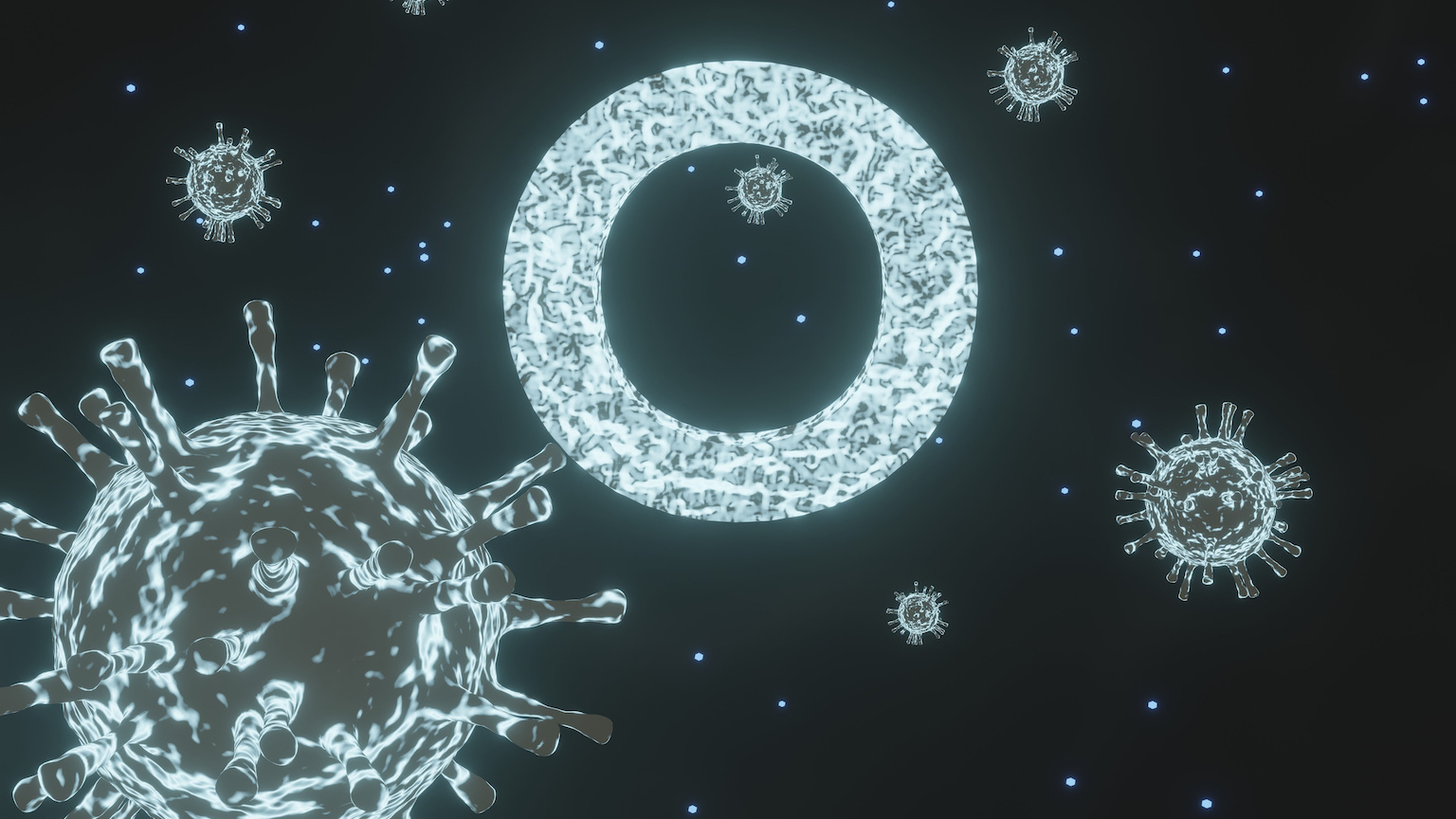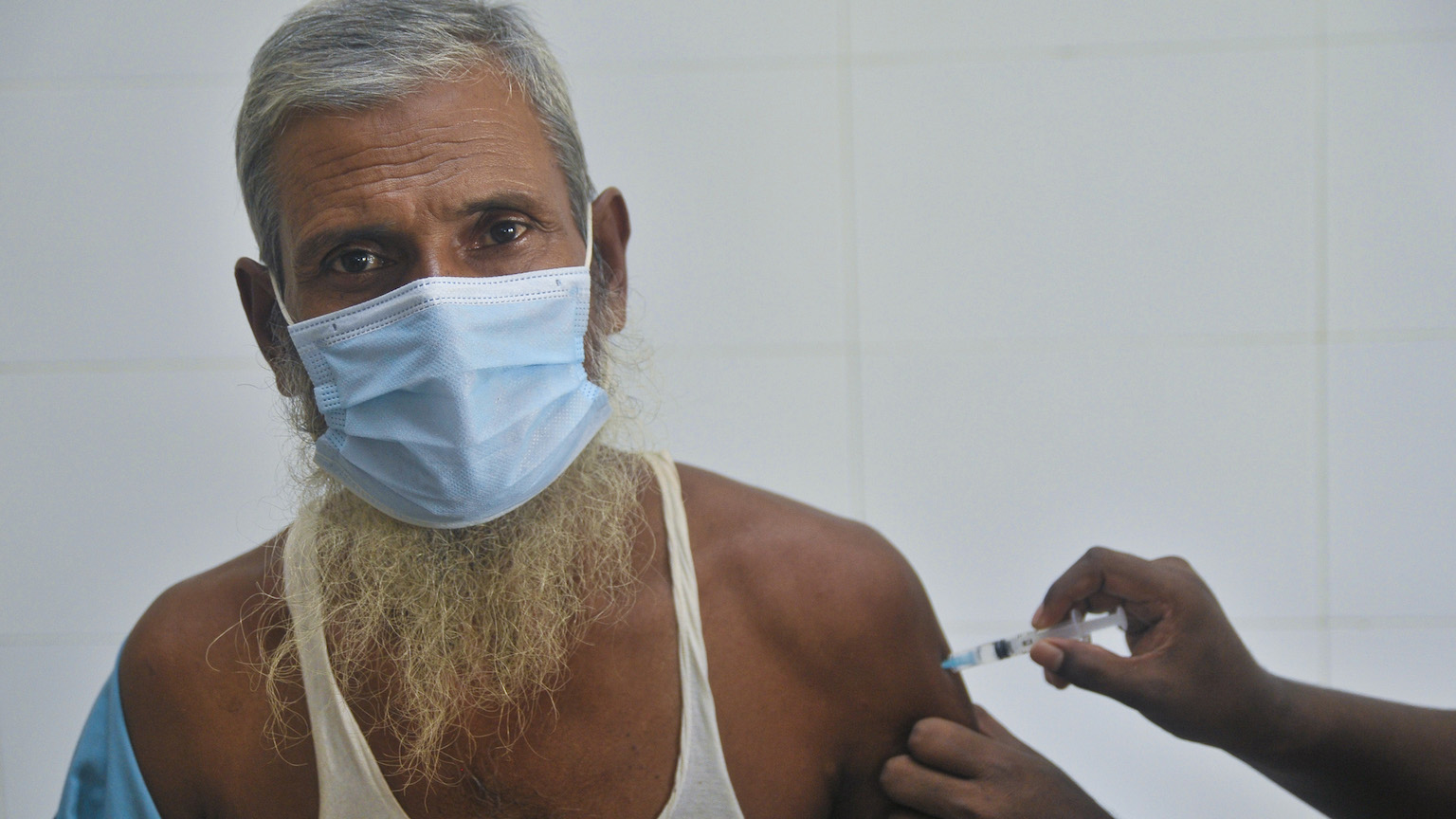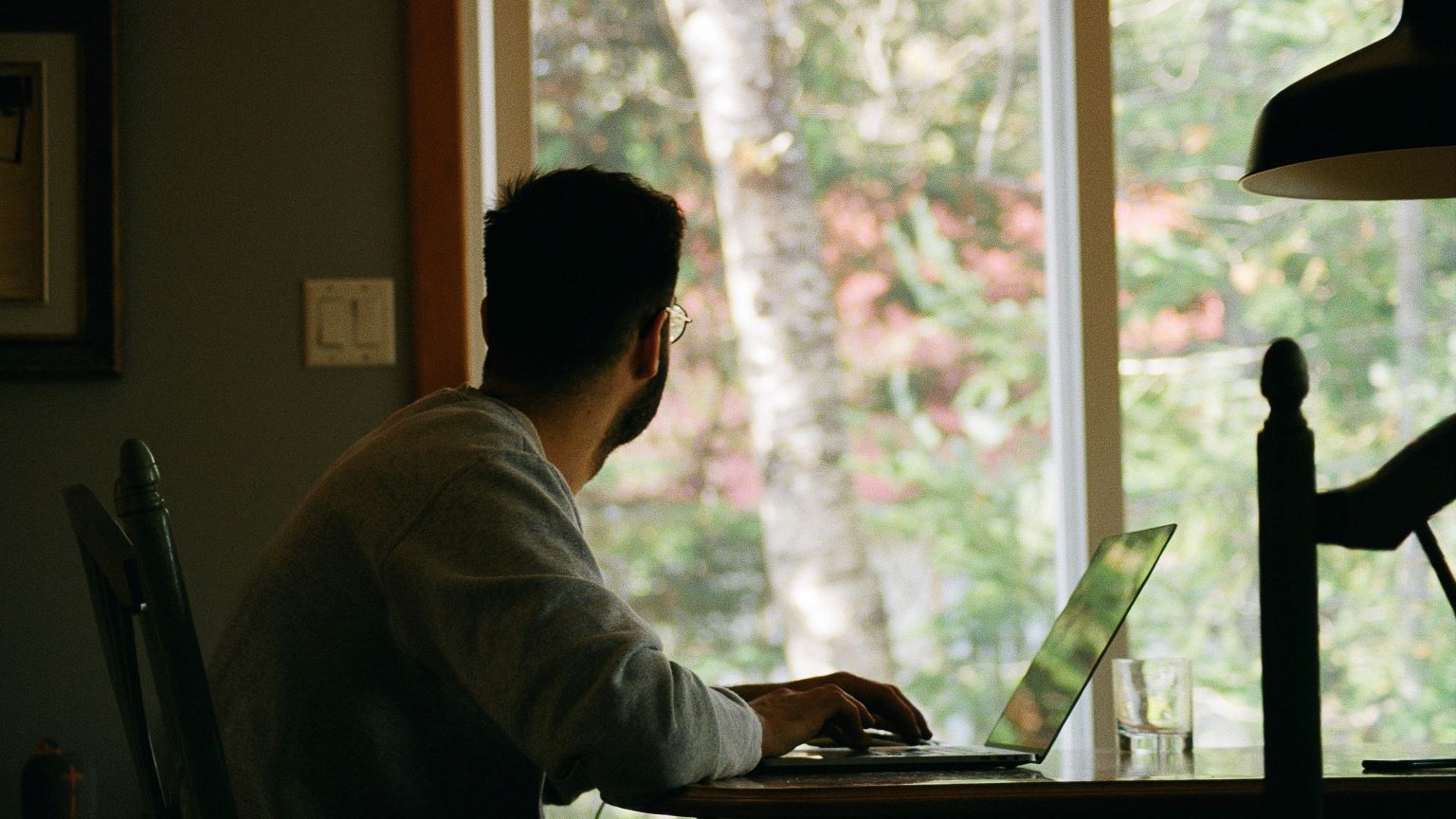Strange treatment may restore sense of smell after COVID

- As with so many things regarding COVID, why people lose their sense of smell is not fully understood.
- A new treatment shoves platelet-rich plasma up a person’s nose, with the hope of regenerating the cells damaged by COVID.
- Though the treatment has shown promise, it is unclear if it actually works.
One of the earliest — and oddest — hallmarks of COVID-19 was loss of smell. Known as anosmia, the condition ended up not only being a common signature of SARS-CoV-2, but a useful early indicator of infection, sometimes arriving before fever or cough.
While some recover their sense of smell after clearing the infection, for others the anosmia becomes chronic, lasting months or even a year after the virus has been fought off.
That’s the case for Nancy Damato — the New York native lost her sense of smell over a year ago.
In an effort to get it back, she’s been taking the train down to Philadelphia’s Jefferson Health Clinic to get a sponge soaked in blood plasma — the stuff that contains platelets and encourages blood cell growth — shoved deep up her nose.
One of the earliest — and oddest — symptoms of COVID-19 was loss of smell.
Losing a sense: Anosmia is about more than just the oddity of not smelling, as it interferes with the experience of food and tasting, as well. It’s also a safety concern — scent can be a warning, like from smoke, gas, or spoiled food — and losing it can be detrimental to mental health.
“It was really, really jarring. I mean, I lost it, like, instantaneously,” Damato told CBS New York. “It was life-changing that I couldn’t enjoy any food. I didn’t want to eat. It was so depressing,” she said.
“It’s like a part of you is missing,” she told the Philadelphia Inquirer.
PRP: Jefferson’s experimental anosmia treatment uses platelet-rich plasma, or PRP. A patient’s blood is drawn and run through a centrifuge, separating out the plasma from other elements.
This plasma is then reintroduced to the body — usually via injection. PRP has been used for soft tissue injuries like tennis elbow and as a treatment for baldness, CBS New York reports.
While it’s unclear exactly how it works, or if it works well at all — rigorous clinical trials have yet to be completed — the theory is that the plasma stimulates growth and repair in stem cells.
The Jefferson team believes there’s another possibility, too: that increased capillary growth from the PRP is helping to flush the molecules that bind to your receptors to cause odors out of the way, making room for new ones.
“The idea is to take advantage of whatever the body does to heal itself,” Jefferson physician Glen D’Souza told the Inquirer.
Loss of smell can stick with patients months after they recover from an infection.
No scents: We have an understanding of how COVID-19 causes anosmia, but mystery — as has been so often the case in the pandemic — still surrounds the virus.
When patients reported a loss of smell with no nasal passage inflammation, researchers were perplexed.
“They felt like they could breathe very clearly,” Pam Dalton, a scent scientist at Philadelphia’s Monell Chemical Senses Center, told the Inky. “That was the surprising thing.”
As Freethink previously reported, researchers have since ascertained that SARS-CoV-2 causes anosmia not by targeting the nerve cells responsible for smell, but by attacking cells in the nose, which support the sense via enzymes and by providing glucose for energy.
But those cells begin to regrow within months, and anosmia can last for over a year — hence the enduring mystery.
Sponges and smells: Jefferson’s protocol involves stuffing plasma-soaked sponges deep into the nose.
“We put it up very high up in the nose where all the smell fibers are located. It gets absorbed through the lining of the nose,” Rosen told CBS. “It basically helps those cells that have been damaged by the COVID virus to start regenerating.”
According to Rosen, eight out of the nine patients who had received the treatments have noticed some improvement, including Damato.
“I’m able to start to enjoy some flavors, food again,” Damato told CBS, with some of her sense of smell returning after five months of treatment.
Sponges soaked in a patient’s plasma and placed high in the nose may be helping their sense of smell return.
The Jefferson trial isn’t the first to examine PRP therapy for anosmia, the Inky reported. Before the pandemic, a small study at Stanford administered plasma to patients via an injection in the nose. They noticed improvement, but it was only temporary — perhaps due to receiving the PRP only once.
(Wisely, Jefferson decided a sponge may be a softer sell than a syringe.)
But whether the treatment truly works at all is still up in the air; after all, anosmia has abated in plenty of patients, with no plasma necessary. But with few effective anosmia treatments available, the PRP therapy “can be huge,” Rosen told the Inquirer.
If it works. As always, the key will be continued clinical research.
This article was originally published by our sister site, Freethink.





